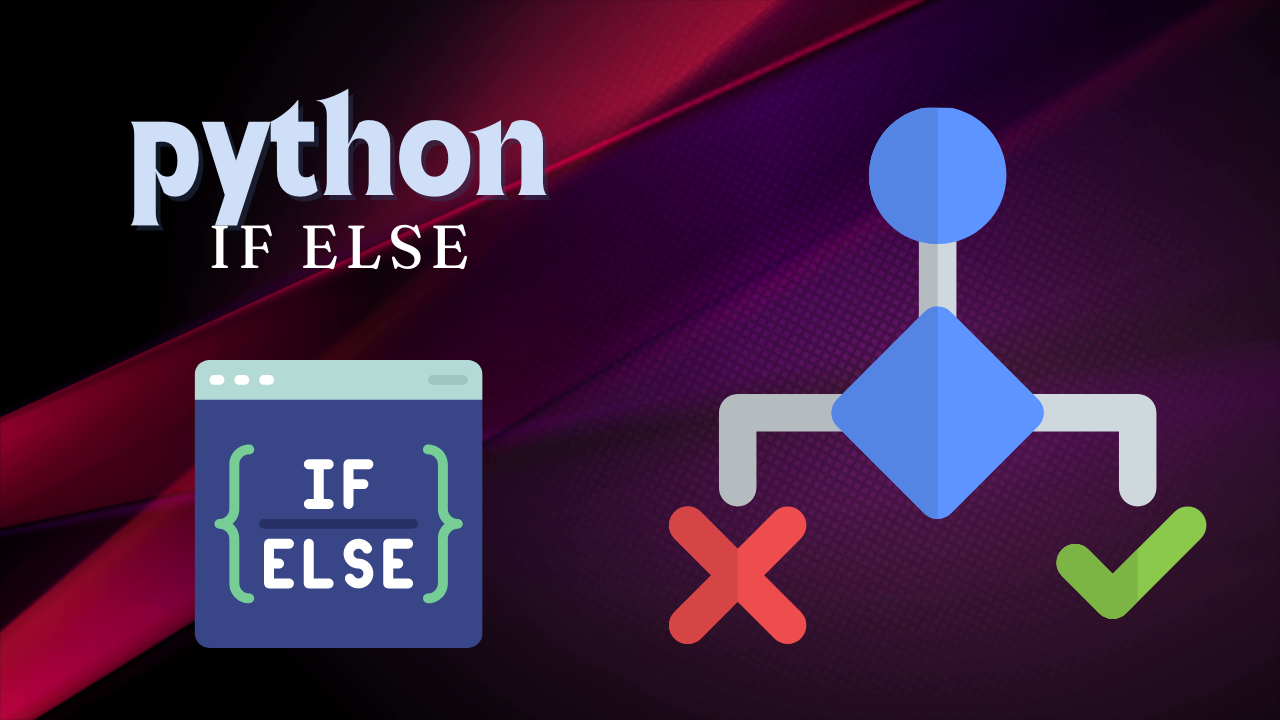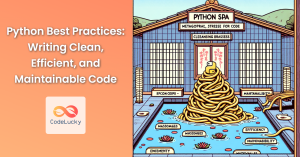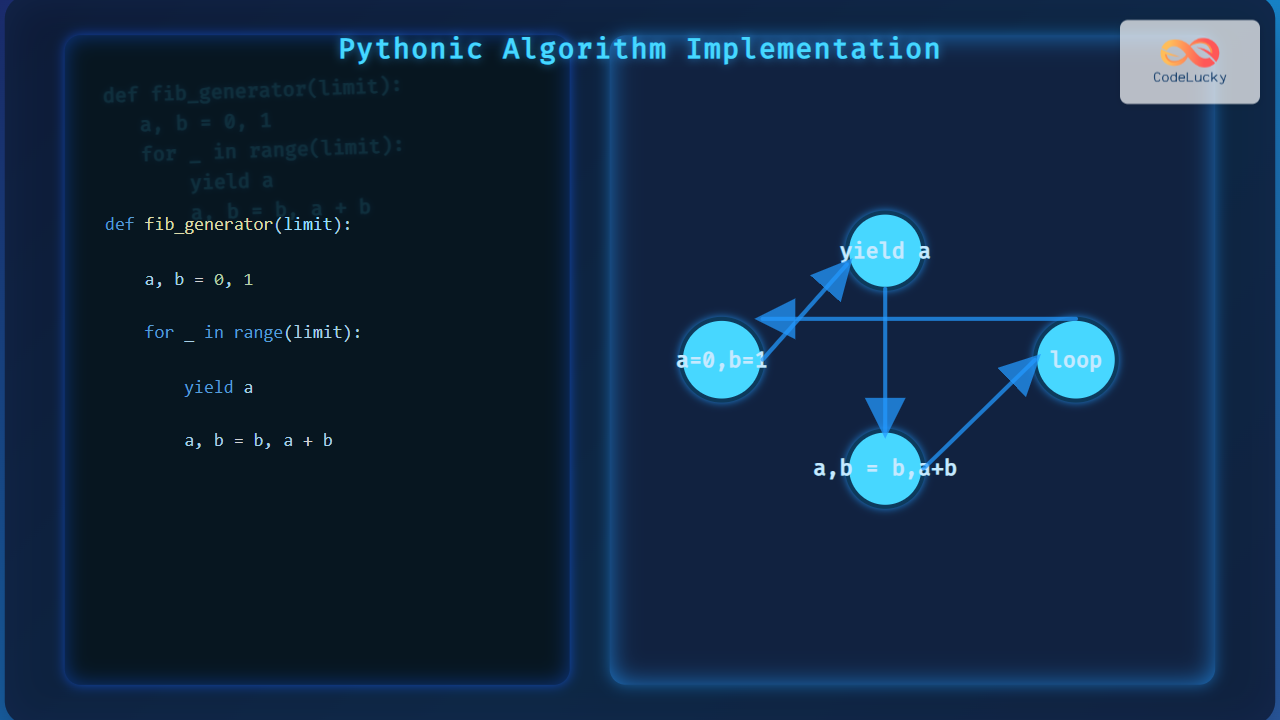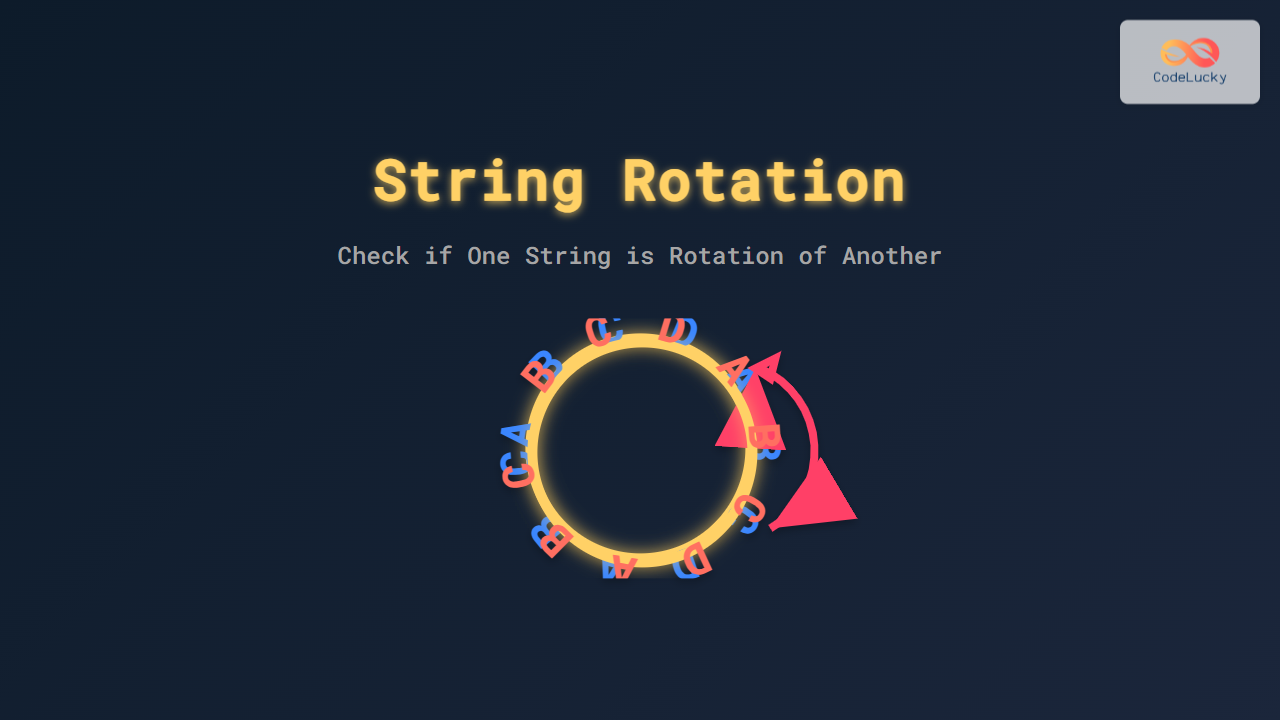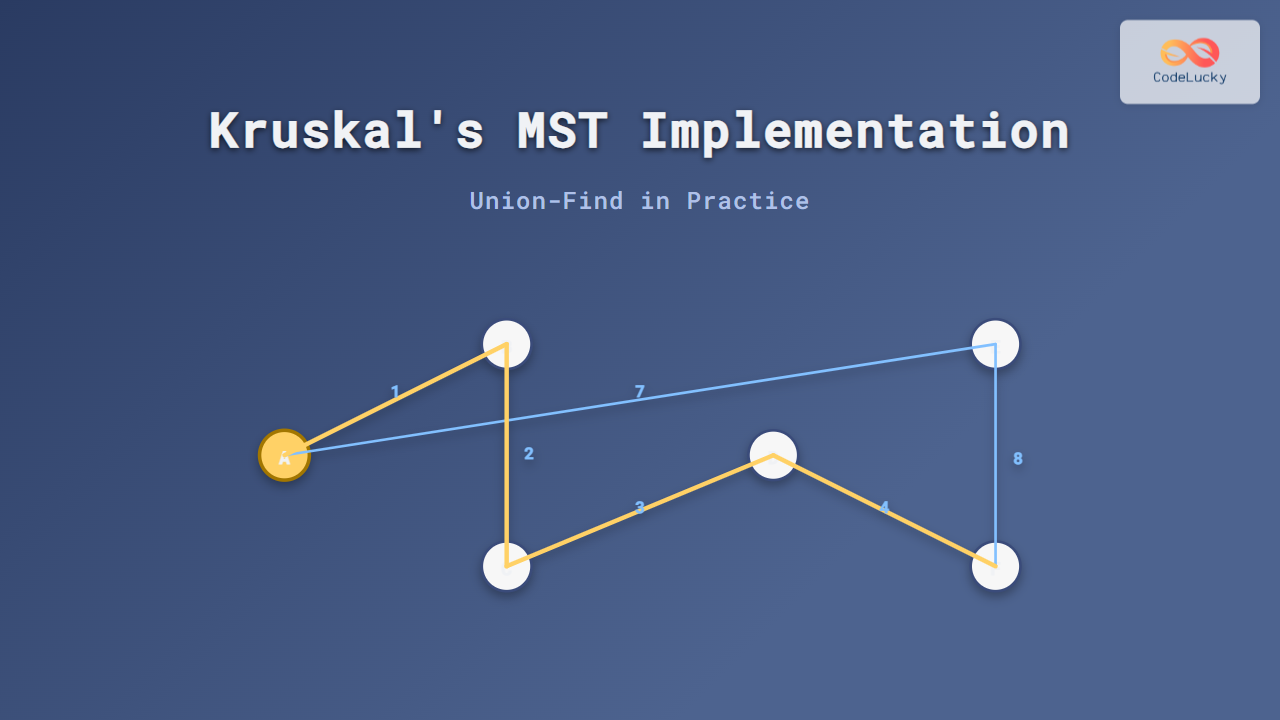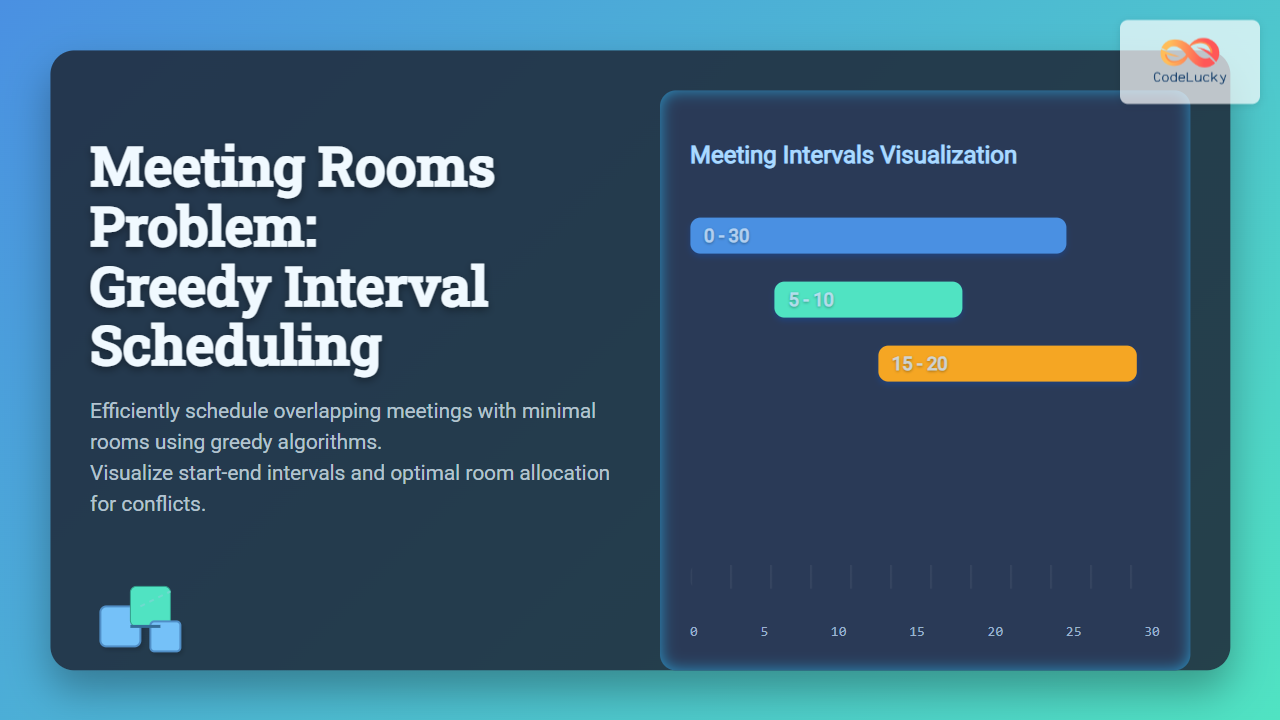Welcome to our comprehensive guide on Python’s if-else statements! Whether you’re a beginner just starting out or an experienced programmer looking to refine your skills, this article will help you master one of the most fundamental concepts in programming: conditional statements.
Understanding Conditional Statements
In programming, we often need to make decisions based on certain conditions. This is where conditional statements come into play. Python’s if-else statements allow us to execute different blocks of code depending on whether a condition is true or false.
The Basic If Statement
Let’s start with the simplest form of a conditional statement: the if statement.
age = 18
if age >= 18:
print("You are eligible to vote!")
In this example, if the condition age >= 18 is true, the code inside the if block will be executed. If it’s false, the program will simply skip this block and continue with the next line of code after the if statement.
💡 Pro Tip: Always remember to indent the code block under the if statement. Python uses indentation to define code blocks!
Adding an Else Clause
What if we want to do something when the condition is false? That’s where the else clause comes in handy.
temperature = 15
if temperature > 30:
print("It's a hot day!")
else:
print("It's not too hot today.")
In this case, if the temperature is not greater than 30, the code in the else block will be executed.
The Elif Statement
Sometimes we need to check multiple conditions. This is where the elif (short for “else if”) statement shines.
score = 85
if score >= 90:
print("A")
elif score >= 80:
print("B")
elif score >= 70:
print("C")
elif score >= 60:
print("D")
else:
print("F")
This grading system checks the score against multiple conditions and prints the corresponding grade. The conditions are checked in order, and the first true condition triggers its code block.
Advanced Techniques
Now that we’ve covered the basics, let’s dive into some more advanced techniques and best practices.
Nested If Statements
You can put if statements inside other if statements. This is called nesting.
is_weekend = True
weather = "sunny"
if is_weekend:
if weather == "sunny":
print("Let's go to the beach!")
else:
print("Let's watch a movie at home.")
else:
print("Time to work!")
💡 Pro Tip: While nesting is powerful, too much nesting can make your code hard to read. Try to keep your code as flat as possible.
Ternary Operators
Python offers a concise way to write simple if-else statements in a single line. This is called a ternary operator.
age = 20
status = "adult" if age >= 18 else "minor"
print(status) # Output: adult
This is equivalent to:
if age >= 18:
status = "adult"
else:
status = "minor"
Using ‘and’ and ‘or’ Operators
You can combine multiple conditions using ‘and’ and ‘or’ operators.
age = 25
has_license = True
if age >= 18 and has_license:
print("You can drive a car.")
elif age >= 18 or has_license:
print("You might be able to drive under certain conditions.")
else:
print("You cannot drive a car.")
Truthy and Falsy Values
In Python, values can be evaluated as either true or false in a boolean context. This concept is known as “truthy” and “falsy”.
# Falsy values
if 0:
print("This won't print")
if "":
print("This won't print either")
if []:
print("Empty list is also falsy")
# Truthy values
if 42:
print("Non-zero numbers are truthy")
if "Hello":
print("Non-empty strings are truthy")
if [1, 2, 3]:
print("Non-empty lists are truthy")
Common Pitfalls and Best Practices
1. Don’t Compare to True/False Directly
Instead of:
if x == True:
# do something
Do this:
if x:
# do something
2. Use ‘in’ for Checking Membership
Instead of:
if fruit == "apple" or fruit == "banana" or fruit == "cherry":
print("This is a fruit we like!")
Do this:
if fruit in ["apple", "banana", "cherry"]:
print("This is a fruit we like!")
3. Avoid Redundant Else Statements
Instead of:
if condition:
return True
else:
return False
Simply do:
return condition
Conclusion
🎉 Congratulations! You’ve now mastered Python’s if-else statements. From basic conditionals to advanced techniques, you’re well-equipped to write efficient and readable code.
Remember, the key to becoming proficient with conditional statements is practice. Try to incorporate these concepts into your Python projects, and you’ll soon find yourself writing more elegant and powerful code.
Keep coding, keep learning, and most importantly, have fun with Python!

